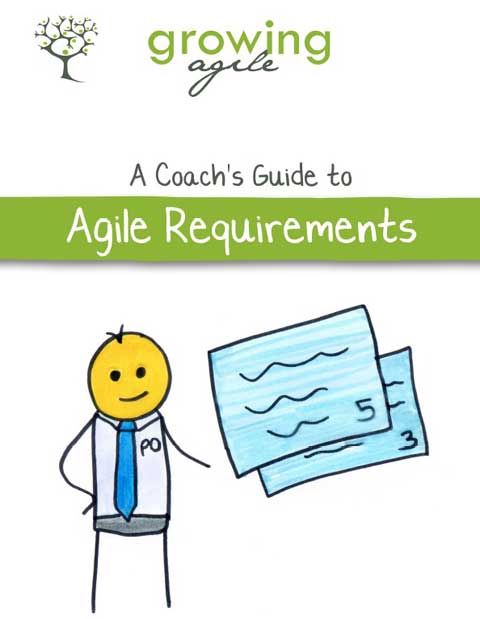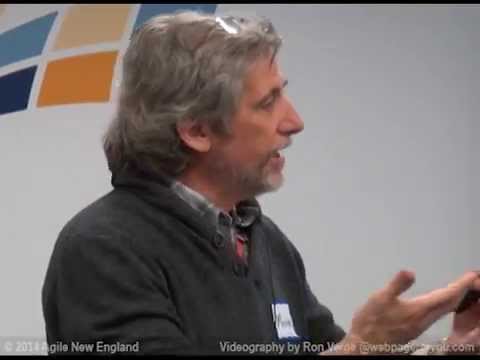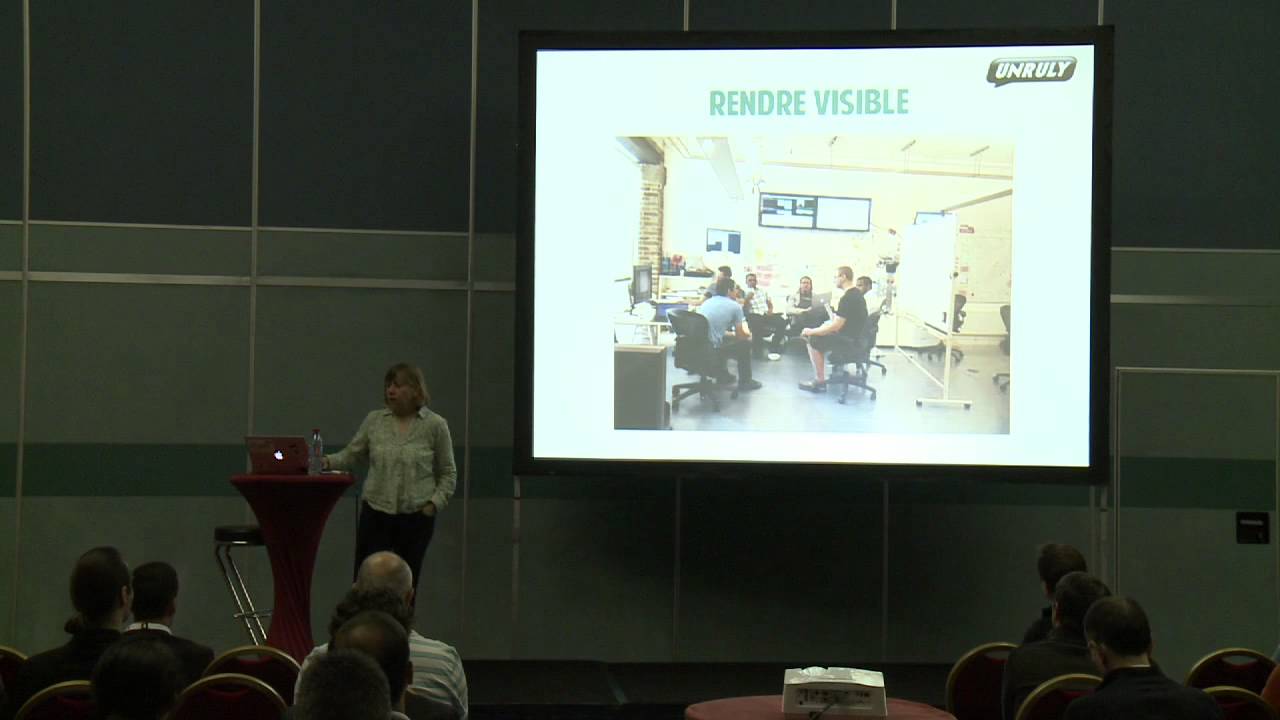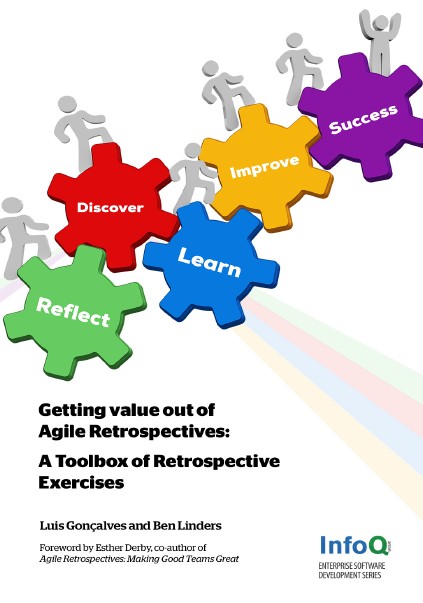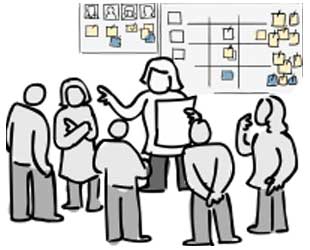Agile coaching for Scrum software development teams
Written by South African Agile coaches Samantha Laing and Karen Greaves, “Coach’s Guide to Agile Requirements” is a book on how to teach the concepts of Agile requirements. It provides a complete plan to run a workshop where people can learn how to elicit, refine and organize requirements in an Agile way.
In his book Agile Reflections, Robert Galen has aggregated multiple articles that he wrote about transitioning to Agile for the online publication PM Times. The book is based on his experience as in Agile coach helping companies in different phases of their transition to Agile software development.
This talk provides a is a reflection on what Michael De La Maza has learned as an Agile Coach about communication, emotional stress and team organization.
Enterprise agility is both a hugely popular aspiration and a widely misunderstood buzzword. Many of us as Agile coaches wonder how we can lead and catalyze agility at an organizational level. Our intentions are earnest, but our skills and understanding are partial. This talk explores what it means to coach across an enterprise, from an executive’s leadership maturity to the limits of culture, from organization structures to value creating processes.
When you come to a Scrum or Agile conference, you pick up new ideas that you’d like to try when you get back to work. However, you may feel like you hit a brick wall when it comes persuading your team to try the idea out. Resistance is very common in organisations large and small.
Retrospectives are certainly one of the most important techniques used in Scrum as they form the foundation of the continuous improvement and adjustment to the context for the Scrum team. It is however not always easy to facilitate this activity with a bunch of software developers that are often mostly introverted.
When you observe a well-knit team in action, you’ll see a basic hygienic act of peer-coaching that is going on all the time. Team members sit down in pairs to transfer knowledge. When this happens, there is always one learner and one teacher. Their roles tend to switch back and forth over time with, perhaps, A coaching B about TCP/IP and then B coaching A about implementation of queues. When it works well, the participants are barely even aware of it. They may not even identify it as coaching; to them, it may just seem like work.


